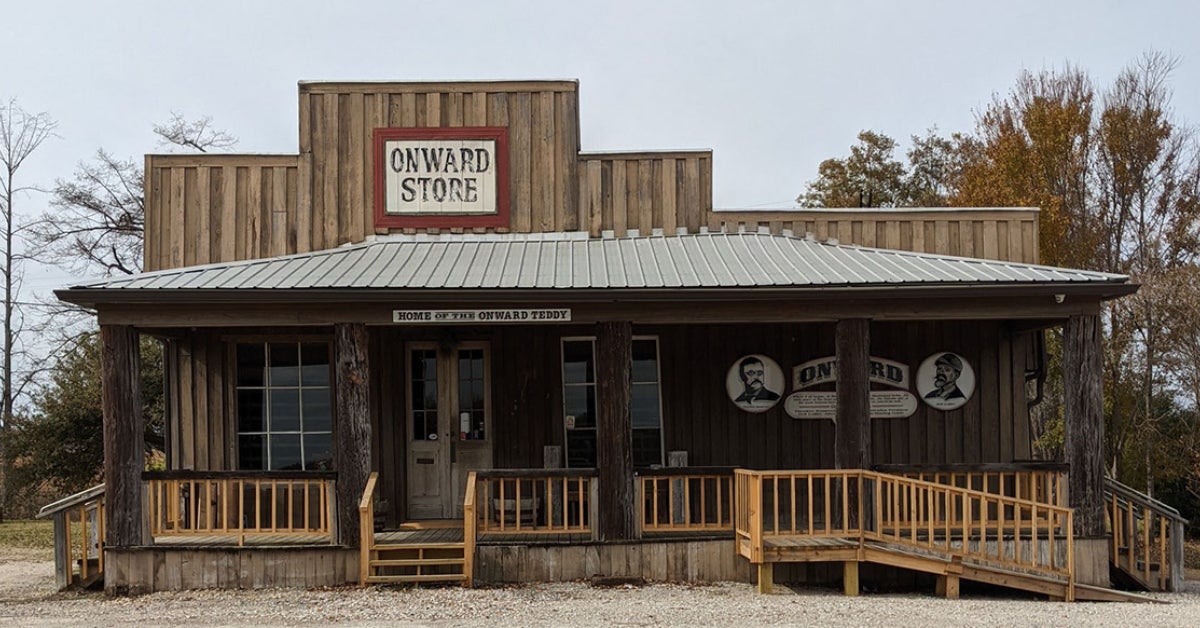County seeking $6 million for work on U.S. 80 bridge|[6/01/05]
Published 12:00 am Wednesday, June 1, 2005
Twenty feet of movement in 60 years may not sound like a lot, but it’s the reason Warren County will be seeking up to $6 million to stabilize the bluff over the Mississippi River at the U.S. 80 bridge and Navy Circle.
“This is not a case of if it is going to get the bridge. It’s a case of when is it going to get the bridge,” said Wendell Ruff, a member of the ABMB engineering firm that has been working with the Vicksburg Bridge Commission.
Tuesday, the five commissioners who manage the county-owned bridge, held a planned briefing for about 25 representatives from state and federal agencies.
The idea was to get everyone with an interest in the situation in the same room to present the problem threatening the stability of the 75-year-old span and an adjacent U.S. National Park Service parcel.
ABMB said dirt washing down the hill has exposed the east abutment, the concrete base where the roadbed meets the land, and buried the concrete footings at Bent A, the first support under the roadway. The bluff, one of the sites where Confederates defending the city in the 1863 siege posted cannons to fire at boats on the river, is believed to have moved about 20 feet since 1945.
Most of the estimated cost, about $4 million, would be to stabilize the bluff, known as Navy Circle. Engineers are proposing a method using soil nails similar to a project that stabilized the bluffs at Natchez.
Butch Brown, executive director of the Mississippi Department of Transportation and former mayor of Natchez, said federal funding would be possible, but that work needs to begin now to get the allocation need through Congress.
“It’s not a hard project to get funded because it makes so much sense,” Brown said.
Engineers couldn’t say how long before the erosion begins to affect the stability of the bridge, but said it isn’t a new problem. They said the first stabilization project at the bridge was in 1939, nine years after the span opened.
Other stabilization projects were also needed with the construction of the Interstate 20 bridge and the State Welcome Center, both just south of the U.S. 80 bridge.
Movement has also been recorded over the years in piers of both bridges, but engineers say that problem is in the river and not directly associated with the bluffs. A study of both bridges has been under way since 1999.
The bridge has been closed to vehicular traffic since 1998 and has been the subject of controversy in the community. In 1999, nearly 60 percent of Warren County voters said in a non-binding referendum that they wanted the bridge reopened for travel. That idea has been nixed by commissioners and the Warren County Board of Supervisors because the road width does not meet safety minimums.
Rail traffic uses the old bridge while vehicles use the Interstate 20 bridge immediately to the south.





